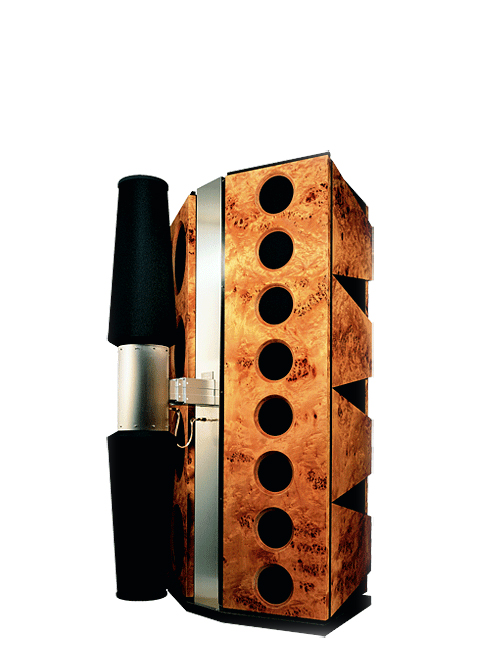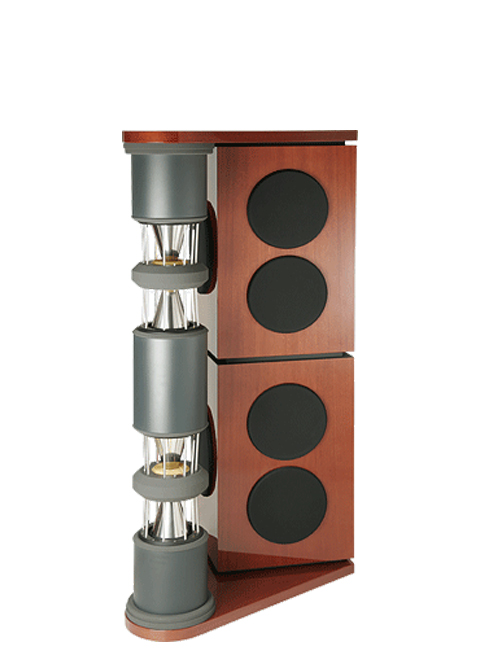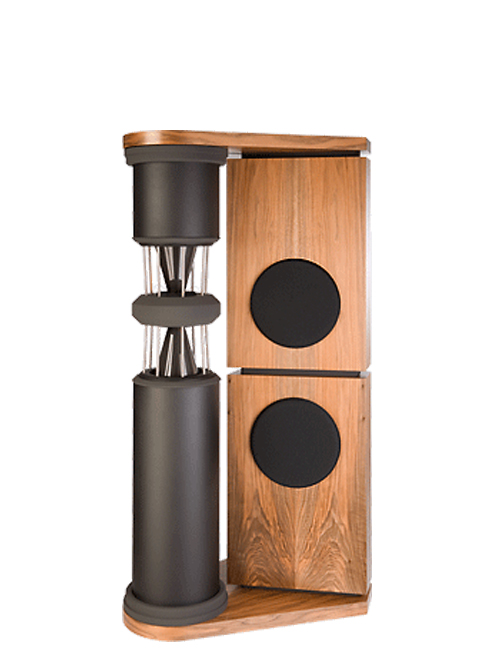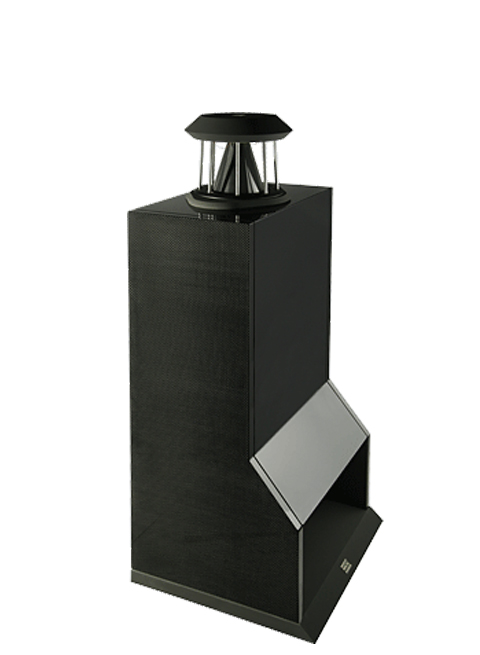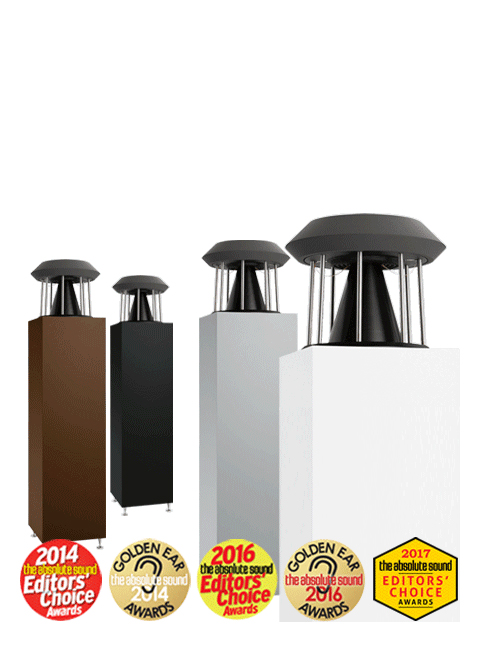GERMAN PHYSIKS

All German Physiks loudspeakers use the same DDD bending wave driver technology and all are capable of a degree of resolution significantly exceeding that of conventional designs. All feature exceptionally well damped, exquisitely finished cabinets and superior passive electrical components. Where our various models differ is in the number of DDD drivers used in each cabinet, the selection of subwoofer drivers and in the complexity of the crossover networks.
BRIEF COMPANY BACKROUND
In 1978 Peter Dicks, engineer, mathematician and sociologist, was a very frustrated man. Dicks, who had no professional involvement in audio engineering at the time, had become fascinated with certain fundamental problems of audio transducer behaviour. After years of mathematical modelling and physical experimentation, he had created a design that he believed decisively surpassed the then state of the art. By 1980 Dicks had succeeded in developing an extremely impressive sounding prototype based upon his innovative design concepts.


